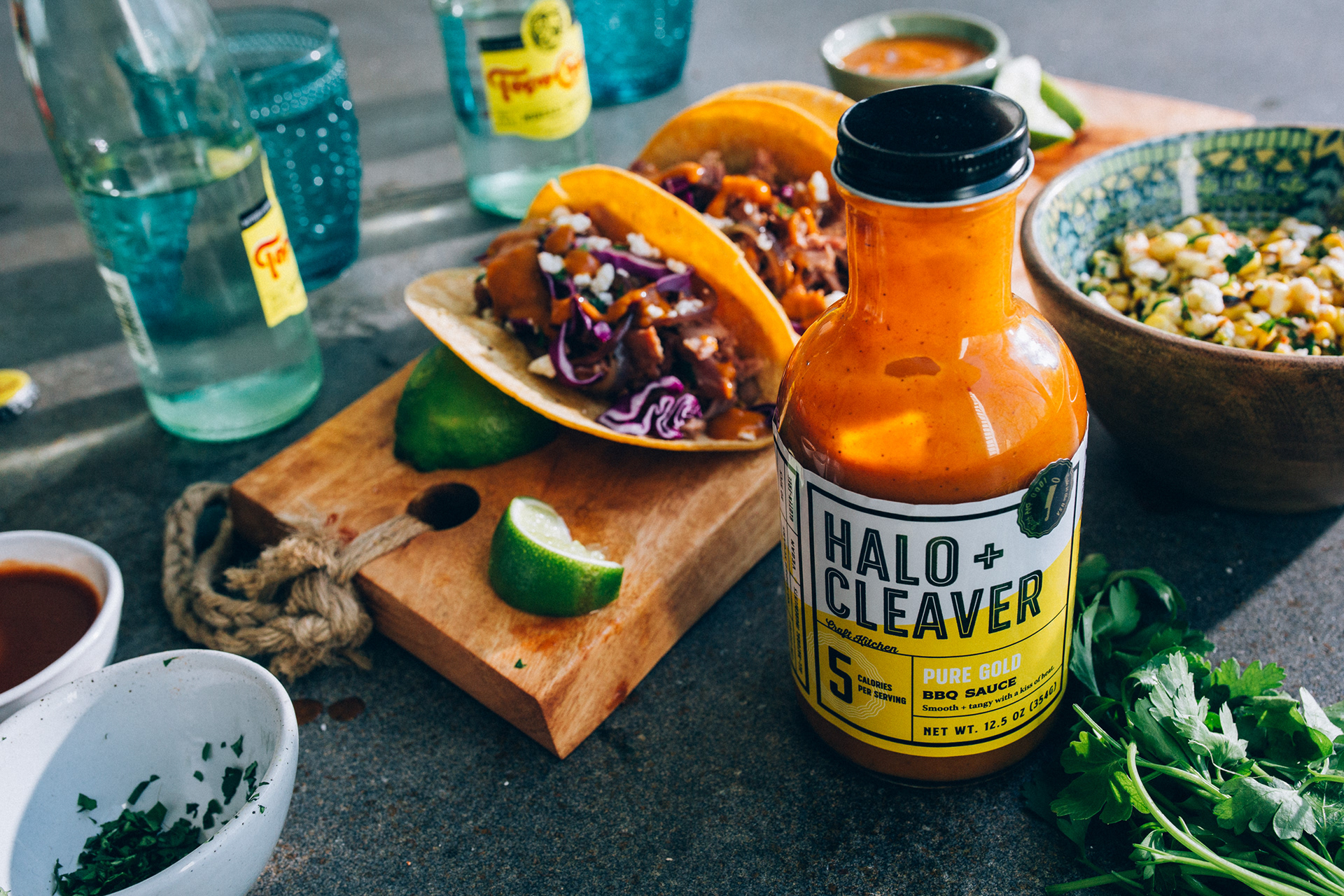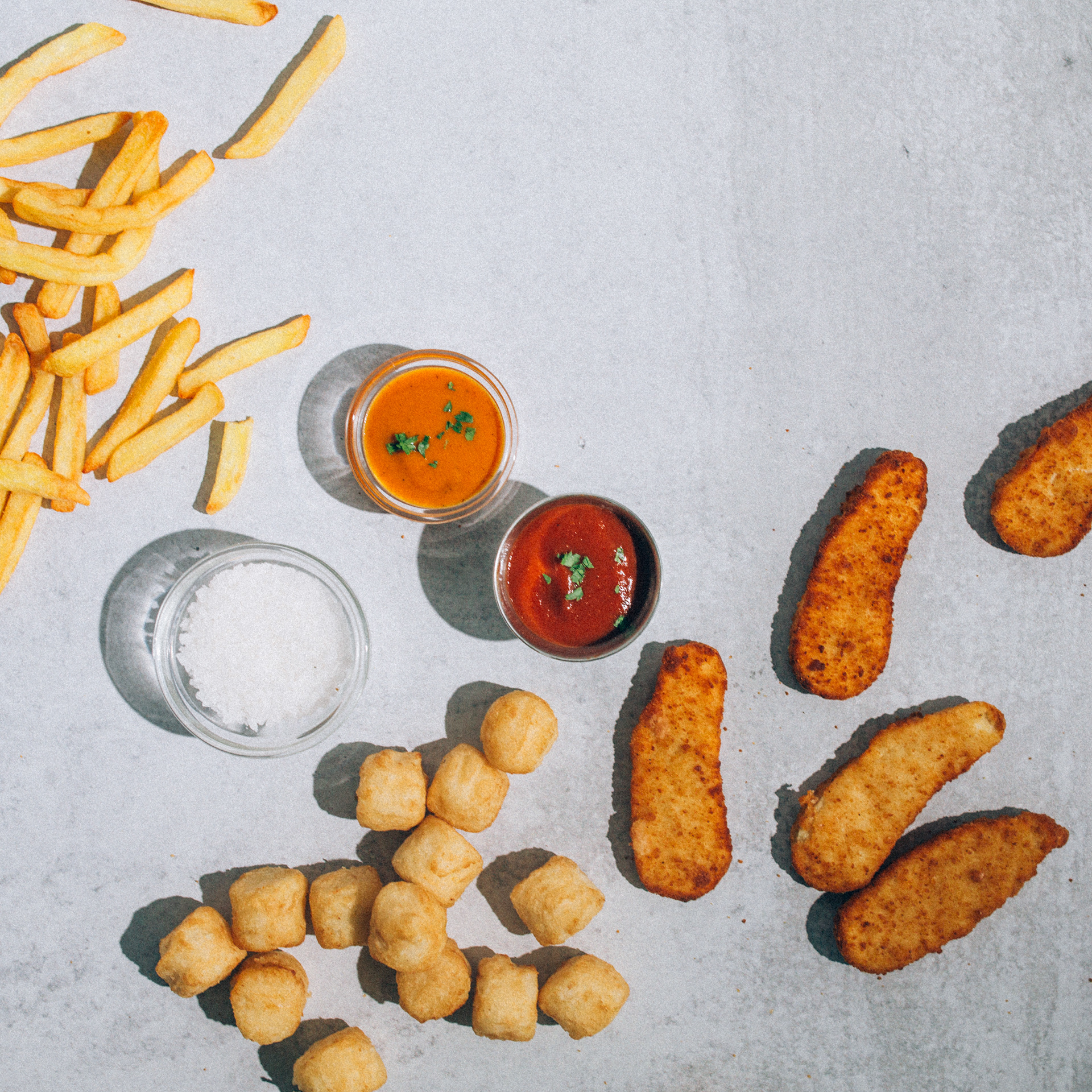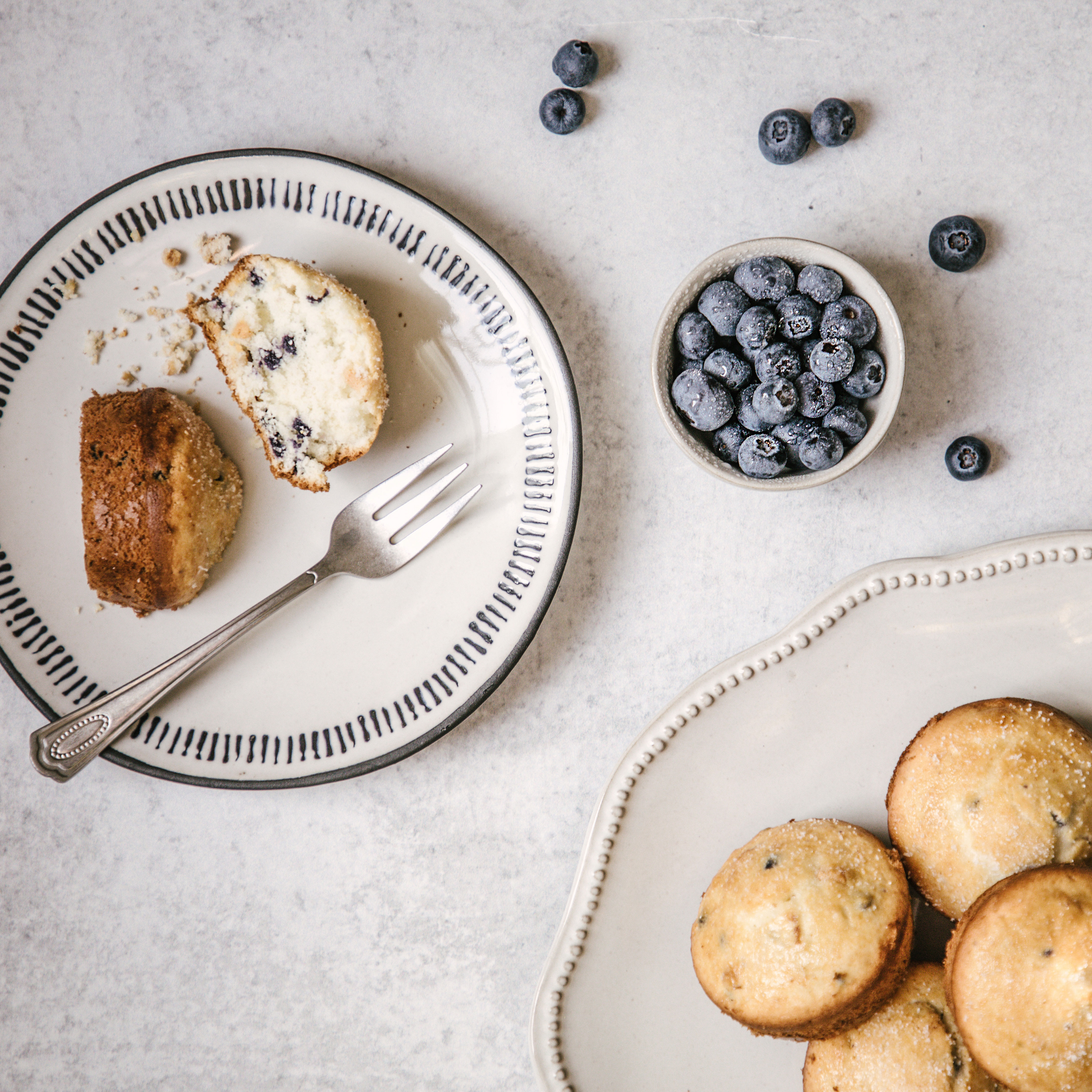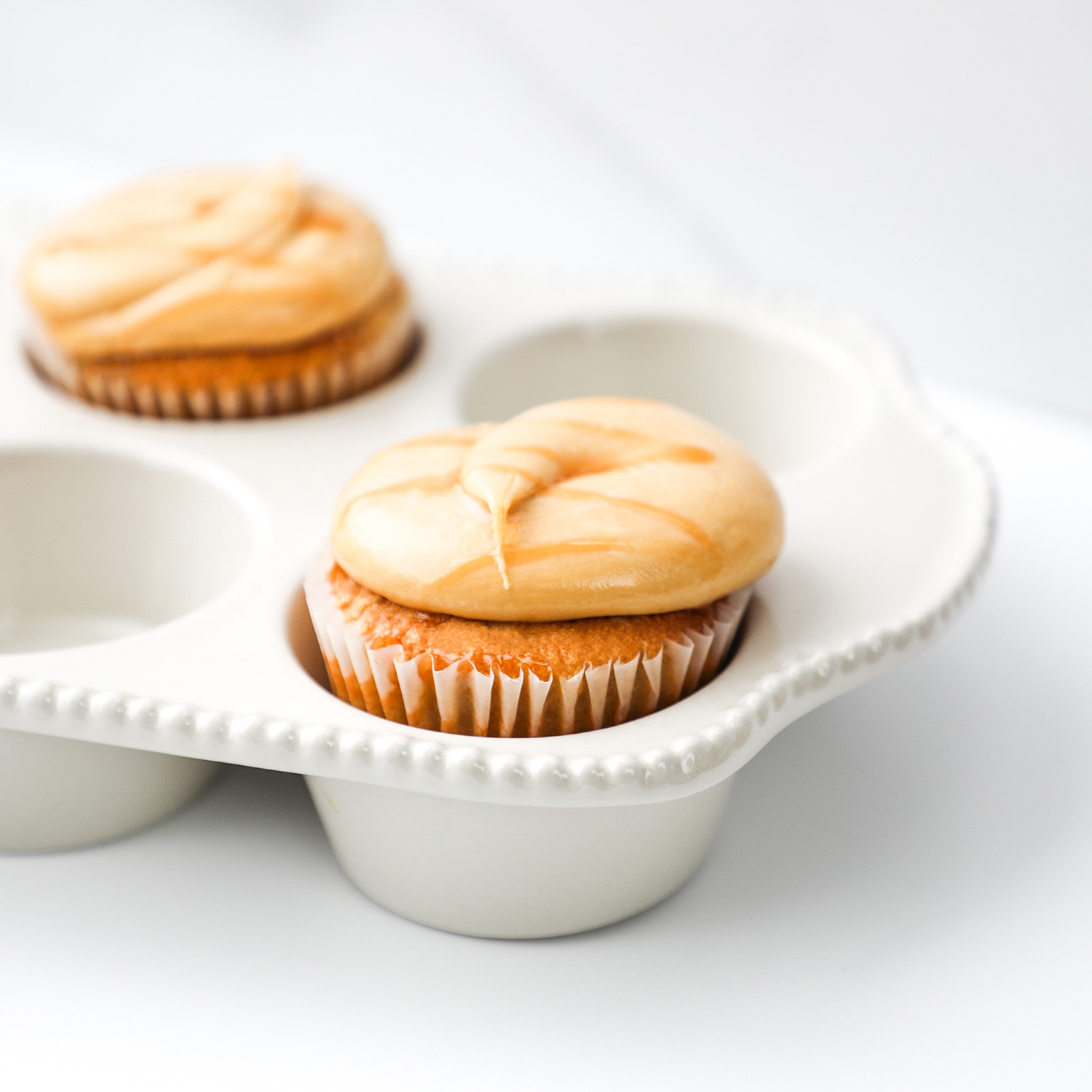Food Styling: Various clients and personal projects are highlighted below as well as my blog that describes my philosophy as it pertains to the importance of food styling. Check it out below! I was involved in many aspects, depending on the project, from food styling, photography, and image editing.

























Food Styling for Substance
The secret to every successful food photo
Like any art, mastering food photography requires time and hands-on doing. That hands-on part is multi-layered, skill built upon skill built upon skill. From restaurant dishes to protein ingredients to pet treats to gourmet ice, food styling is a complex art, and in my opinion, the skill underpinning any successful photograph is composition.
Executed properly, a good food image will look effortless; you’ll see what I want you to see. What I don’t want you to see are the individual techniques layered upon each other to produce the final image. For instance, that ice cream photo that makes you want to push up your cheat day depends on balanced visual weight to ensure that the hero of the photo stays the hero. In other words, my job is to make you think of ice cream, not balanced visual weight, but the ice cream won’t tempt you nearly as much without it. Without giving you the whole scoop, here are a few of my go-to techniques:
Almost every food, drink, or ingredient looks better thanks to arabesques, which are curvilinear elements that help create movement, directing the eye through the image effortlessly and pleasingly.
Layering answers our brains’ desire for things to feel whole, so I look to stack elements with intention to satisfy the brain as much as the appetite.
Perhaps the real reason a baker’s dozen is 13 is that food stylists love the rule of odds, which says that an odd number almost always is the better number.
While these techniques are understood individually, I apply them as part of a cohesive approach to composition. But I don’t stop there.
From composition to application
While the techniques used in food styling are somewhat universal, differentiation comes from how those techniques are applied. This expertise in application is what brings value and success to our partners. Anyone can create a well-composed scene, but not everyone can do so in a way that considers the marketing tool/channel, whether that be a website, ad, or social post. I’ve worked with a lot of food stylists, and they’ve all known how to make food look good, but they often don’t look beyond looking good. My challenge is to think first about where the food needs to look good, and only then can I approach how to make it look good for that context. As a food stylist, photographer, and asset developer, I love this challenge.
While I’ve begun to develop a trademark style for my personal projects, I enjoy adapting to ensure that a brand’s identity and marketing strategy meet in an effective finished product. Food styling is so fulfilling, and it brings me so much joy. And it brings me samples (I need to make sure it tastes as good as I’m going to make it look, right?). From Instagram posts to packaging layout, food styling is incredibly rewarding, and I’m so grateful to have developed my art and now to see my efforts pay off for clients projects and goals.







